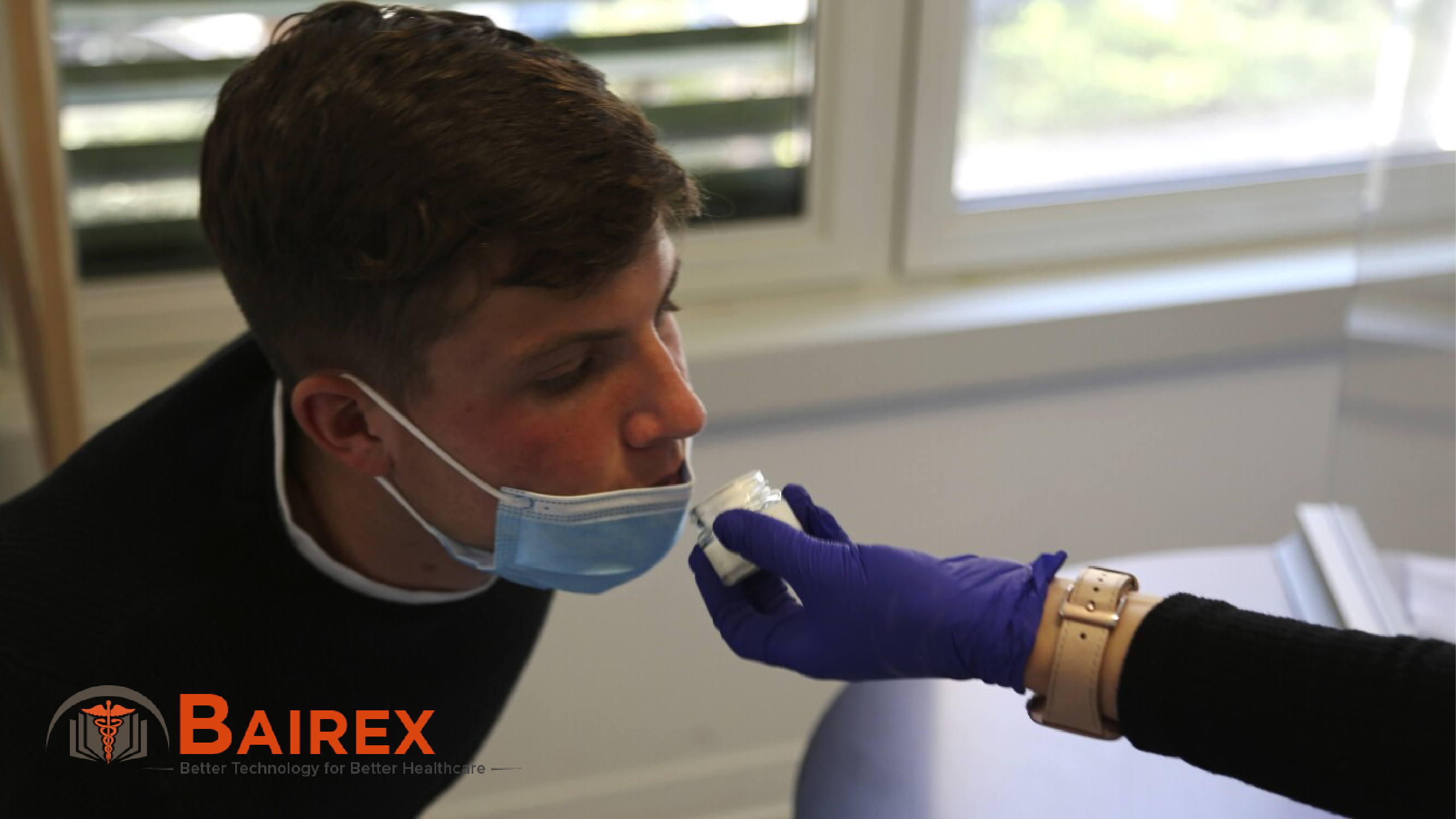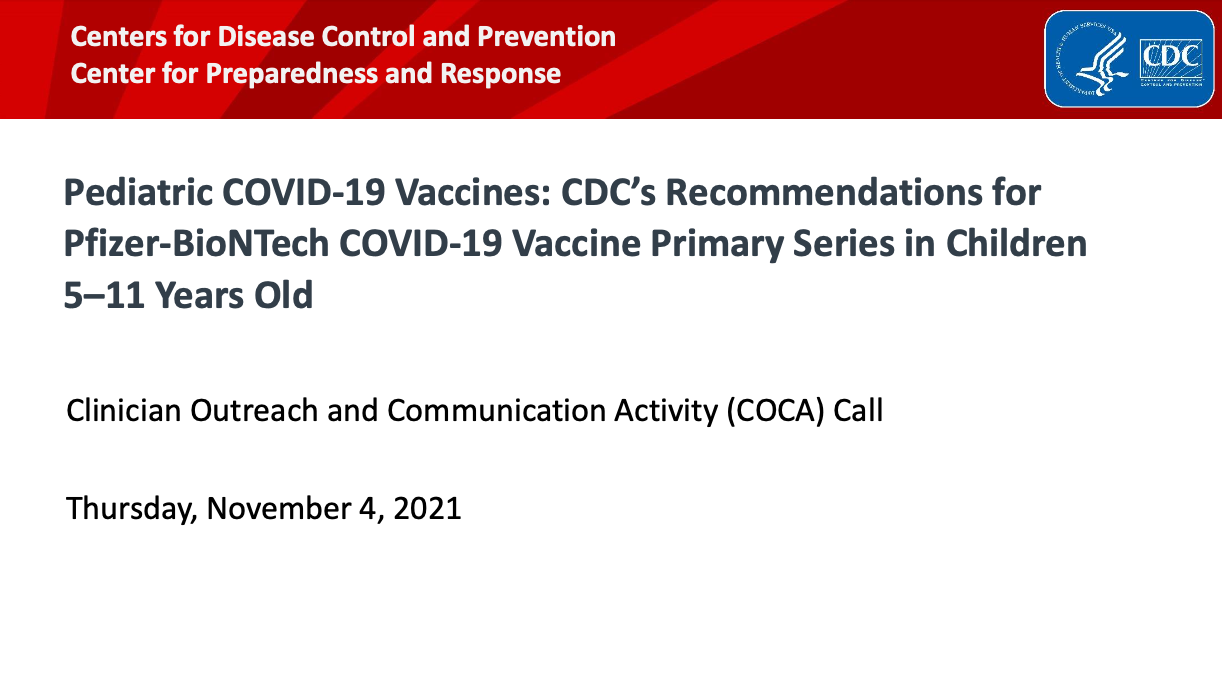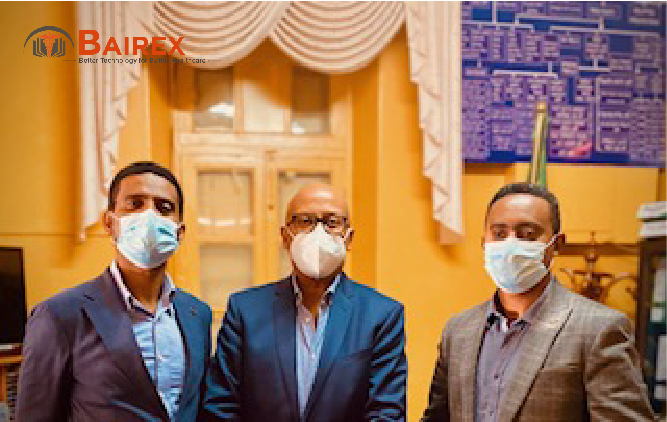BAIREX UPDATES









Nepal Ophthalmic Society - NOSCON 21
<p><span style="font-family: Proximareg; font-size: 17px;">Nepal Ophthalmic Society - NOSCON 21 - annual conference was held on 4th Dec 21 in Kathmandu under the theme of “Together for Tomorrow”. Many practicing ophthalmic surgeons speakers from all part of the country and beyond shared their immense experience. I had the honor to meet Prof. Dr. Rohit Saiju, MD</span><br style="box-sizing: border-box; margin: 0px; padding: 0px; font-family: Proximareg; font-size: 17px;" /><span style="font-family: Proximareg; font-size: 17px;">Organizing Chairperson, NOSCON 2021 President, Nepal Ophthalmic Society, Master in Cataract Surgery (Phacoemulsification with foldable lense), Functional and cosmetic eyelids , Oculo-Facial plastic surgery and Thyroid Eye Diseases. We briefly discussed South-South cooperation to share knowledge, skills, expertise and resources to meet out respective continents development goals through concerted efforts.</span></p>
Over 1M Americans may not have regained sense of smell months after
<p style="box-sizing: border-box; margin: 0px; padding: 0px; font-family: Proximareg; font-size: 17px; line-height: 30px;">COVID Growing Public Health Concern of COVID-19 Chronic Olfactory Dysfunction<br style="box-sizing: border-box; margin: 0px; padding: 0px;" /><br style="box-sizing: border-box; margin: 0px; padding: 0px;" />A new study estimates that more than 1 million people in the U.S. may not have regained their sense of smell months after falling ill with COVID-19.<br style="box-sizing: border-box; margin: 0px; padding: 0px;" /><br style="box-sizing: border-box; margin: 0px; padding: 0px;" />JAMA Otolaryngology-Head & Neck Surgery <a style="box-sizing: border-box; margin: 0px; padding: 0px; background-color: transparent; color: #5b5b5b; text-decoration-line: none; transition: all 0.3s ease-out 0s; overflow-wrap: break-word;" href="https://jamanetwork.com/journals/jamaotolaryngology/fullarticle/2786433?guestAccessKey=6c370061-4714-4661-8aff-4a3018110eab&utm_source=For_The_Media&utm_medium=referral&utm_campaign=ftm_links&utm_content=tfl&utm_term=111821" target="_blank" rel="noopener">published new research</a> Thursday that focused on COVID-19 patients who lost their sense of smell and taste after contracting the coronavirus.<br style="box-sizing: border-box; margin: 0px; padding: 0px;" /><br style="box-sizing: border-box; margin: 0px; padding: 0px;" />The study estimates that between 700,000 and 1.6 million Americans who had the virus either lost or had a change in their sense of smell. For some, the change has lasted for more than six months.<br style="box-sizing: border-box; margin: 0px; padding: 0px;" /><br style="box-sizing: border-box; margin: 0px; padding: 0px;" />Most of these people recover their sense of smell eventually, but the study suggests that some may never do so.<br style="box-sizing: border-box; margin: 0px; padding: 0px;" /><br style="box-sizing: border-box; margin: 0px; padding: 0px;" />The study calls for more research into the long-term loss of a sense of smell, which researchers call “an emerging public health concern.”<br style="box-sizing: border-box; margin: 0px; padding: 0px;" /><br style="box-sizing: border-box; margin: 0px; padding: 0px;" /><a style="box-sizing: border-box; margin: 0px; padding: 0px; background-color: transparent; color: #5b5b5b; text-decoration-line: none; transition: all 0.3s ease-out 0s; overflow-wrap: break-word;" href="../../../articles_over_1m_americans_pdf/" target="_blank" rel="noopener">https://jamanetwork.com/journals/otol/articlepdf/2786433/jamaotolaryngology_khan_2021_ld_210013_1636849206.3365.pdf</a><br style="box-sizing: border-box; margin: 0px; padding: 0px;" /><br style="box-sizing: border-box; margin: 0px; padding: 0px;" />Growing Public Health Concern of COVID-19 Chronic Olfactory Dysfunction | Public Health | JAMA Otolaryngology–Head & Neck Surgery | JAMA Network<br style="box-sizing: border-box; margin: 0px; padding: 0px;" /><a style="box-sizing: border-box; margin: 0px; padding: 0px; background-color: transparent; color: #5b5b5b; text-decoration-line: none; transition: all 0.3s ease-out 0s; overflow-wrap: break-word;" href="https://jamanetwork.com/journals/jamaotolaryngology/fullarticle/2786433" target="_blank" rel="noopener">https://jamanetwork.com/journals/jamaotolaryngology/fullarticle/2786433</a></p> <p> </p>
CTAD21: Global Dementia Cases Forecasted to Triple by 2050
<p><span style="font-family: Proximareg; font-size: 17px;">CTAD21: Global Dementia Cases Forecasted to Triple by 2050</span><br style="box-sizing: border-box; margin: 0px; padding: 0px; font-family: Proximareg; font-size: 17px;" /><br style="box-sizing: border-box; margin: 0px; padding: 0px; font-family: Proximareg; font-size: 17px;" /><span style="font-family: Proximareg; font-size: 17px;">The 14th Clinical Trials on Alzheimer‘s Disease (CTAD - Boston-Nov 9-13) conference started yesterday with Lifetime Achievement Award in Alzheimer’s Disease Therapeutic Research awarded to Ron Peterson, MD, PhD, in recognition for his extensive contributions to the advancement of AD Clinical Trials. Congrats Ron!</span><br style="box-sizing: border-box; margin: 0px; padding: 0px; font-family: Proximareg; font-size: 17px;" /><br style="box-sizing: border-box; margin: 0px; padding: 0px; font-family: Proximareg; font-size: 17px;" /><span style="font-family: Proximareg; font-size: 17px;">CTAD focuses entirely on AD therapeutic trials with Thought Leaders in AD research getting together with the objective of speeding the development of effective treatments to fight this devastating disease.</span><br style="box-sizing: border-box; margin: 0px; padding: 0px; font-family: Proximareg; font-size: 17px;" /><br style="box-sizing: border-box; margin: 0px; padding: 0px; font-family: Proximareg; font-size: 17px;" /><span style="font-family: Proximareg; font-size: 17px;">From Alz.org Global Prevalence of Dementia Expected to Grow Rapidly Through 2050</span><br style="box-sizing: border-box; margin: 0px; padding: 0px; font-family: Proximareg; font-size: 17px;" /><br style="box-sizing: border-box; margin: 0px; padding: 0px; font-family: Proximareg; font-size: 17px;" /><span style="font-family: Proximareg; font-size: 17px;">To more accurately forecast global dementia prevalence and produce country-level estimates, Emma Nichols, MPH, a researcher with the Institute for Health Metrics and Evaluation at the University of Washington School of Medicine, and colleagues leveraged data from 1999 to 2019 from the Global Burden of Disease (GBD) study, a comprehensive set of estimates of health trends worldwide.</span><br style="box-sizing: border-box; margin: 0px; padding: 0px; font-family: Proximareg; font-size: 17px;" /><br style="box-sizing: border-box; margin: 0px; padding: 0px; font-family: Proximareg; font-size: 17px;" /><span style="font-family: Proximareg; font-size: 17px;">Nichols and team found dementia would increase from an estimated 57.4 million cases globally in 2019 to an estimated 152.8 million cases in 2050.</span><br style="box-sizing: border-box; margin: 0px; padding: 0px; font-family: Proximareg; font-size: 17px;" /><br style="box-sizing: border-box; margin: 0px; padding: 0px; font-family: Proximareg; font-size: 17px;" /><span style="font-family: Proximareg; font-size: 17px;">The highest increases were observed in Eastern sub-Saharan Africa, North Africa and the Middle East.</span><br style="box-sizing: border-box; margin: 0px; padding: 0px; font-family: Proximareg; font-size: 17px;" /><br style="box-sizing: border-box; margin: 0px; padding: 0px; font-family: Proximareg; font-size: 17px;" /><span style="font-family: Proximareg; font-size: 17px;">“These estimates will allow policymakers and decision makers to better understand the expected increases in the number of individuals with dementia as well as the drivers of these increases in a given geographical setting,” Nichols said. “The large anticipated increase in the number of individuals with dementia emphasizes the vital need for research focused on the discovery of disease-modifying treatments and effective low-cost interventions for the prevention or delay of dementia onset.”</span></p>
Honored to visit Menelik II Hospital
<p><span style="font-family: Proximareg; font-size: 17px;">Honored to visit Menelik II Hospital</span><br style="box-sizing: border-box; margin: 0px; padding: 0px; font-family: Proximareg; font-size: 17px;" /><br style="box-sizing: border-box; margin: 0px; padding: 0px; font-family: Proximareg; font-size: 17px;" /><span style="font-family: Proximareg; font-size: 17px;">It was an honor to met Dr Tadesse HabteYohannes Tense, CEO, Menelik II Hospital, Addis Abeba and Dr Sadik Taju, Head & Associate Professor, Consultant Paediatrics & Strabismus Ophthalmologist, Addis Abeba University, Menelik II Hospital.</span><br style="box-sizing: border-box; margin: 0px; padding: 0px; font-family: Proximareg; font-size: 17px;" /><br style="box-sizing: border-box; margin: 0px; padding: 0px; font-family: Proximareg; font-size: 17px;" /><span style="font-family: Proximareg; font-size: 17px;">We exchanged ideas and opinions on mutual perspectives in global health, pan African burden of cataract/glaucoma, regional partnerships, Electronic Medical Records, TeleHealth and potential collaboration with Bairex (</span><a style="box-sizing: border-box; margin: 0px; padding: 0px; color: #5b5b5b; text-decoration-line: none; transition: all 0.3s ease-out 0s; overflow-wrap: break-word; font-family: Proximareg; font-size: 17px;" href="http://bairexmedical.com/">http://bairexmedical.com/</a><span style="font-family: Proximareg; font-size: 17px;">) on multiple fronts.</span></p>
Leading from the Frontline
<p><span style="font-family: Proximareg; font-size: 17px;">Leading from the Frontline: Dr Geoff Tabin (Co-Founder and Chairman of the Himalayan Cataract Project & Professor of Ophthalmology & Global Medicine at Stanford University) and team continue to cure needless blindness with high-quality, cost-effective eye care surgeries in Arbaminch, Ethiopia.</span></p>
“My 9 years old boy S. Mahmoud was blind for the last 5 years, until……”
<p style="box-sizing: border-box; margin: 0px; padding: 0px; font-family: Proximareg; font-size: 17px; line-height: 30px;">Successful outcomes of bilateral pediatric cataract surgeries in Bisidimo, Harar, Ethiopia</p> <p> </p> <p style="box-sizing: border-box; margin: 0px; padding: 0px; font-family: Proximareg; font-size: 17px; line-height: 30px;">Pediatric cataract is a leading cause of childhood blindness. Untreated cataracts in children lead to tremendous social, economical, and emotional burden to the child, family, and society. Blindness related to pediatric cataract can be treated with early identification and appropriate management.</p> <p> </p> <p style="box-sizing: border-box; margin: 0px; padding: 0px; font-family: Proximareg; font-size: 17px; line-height: 30px;">Favorable outcomes depend not only on effective surgery, but also on meticulous postoperative care and visual rehabilitation. Hence, it is the combined effort of parents, Himalayan Cataract Program surgeons, nurses, and optometrists that made a huge difference in the lives of these 12 kids in Bisidimo. Please see attached photos/video.</p> <p> </p> <p style="box-sizing: border-box; margin: 0px; padding: 0px; font-family: Proximareg; font-size: 17px; line-height: 30px;">Interested in getting involved and eradicate unnecessary blindness? Learn more:</p> <p style="box-sizing: border-box; margin: 0px; padding: 0px; font-family: Proximareg; font-size: 17px; line-height: 30px;"><a style="box-sizing: border-box; margin: 0px; padding: 0px; background-color: transparent; color: #5b5b5b; text-decoration-line: none; transition: all 0.3s ease-out 0s; overflow-wrap: break-word;" href="https://www.cureblindness.org/work/what-we-do/hcp-model">https://www.cureblindness.org/work/what-we-do/hcp-model</a></p>

